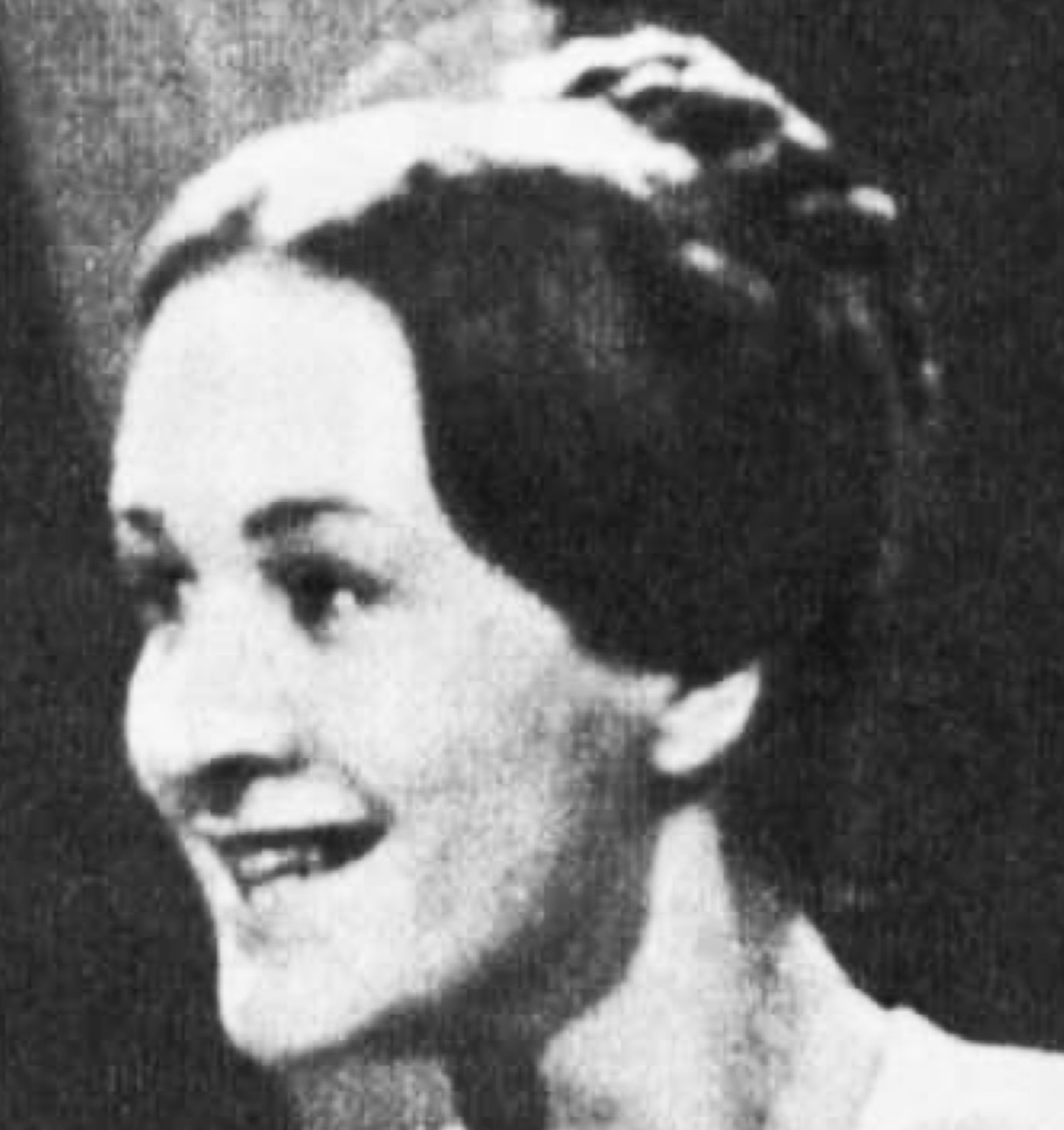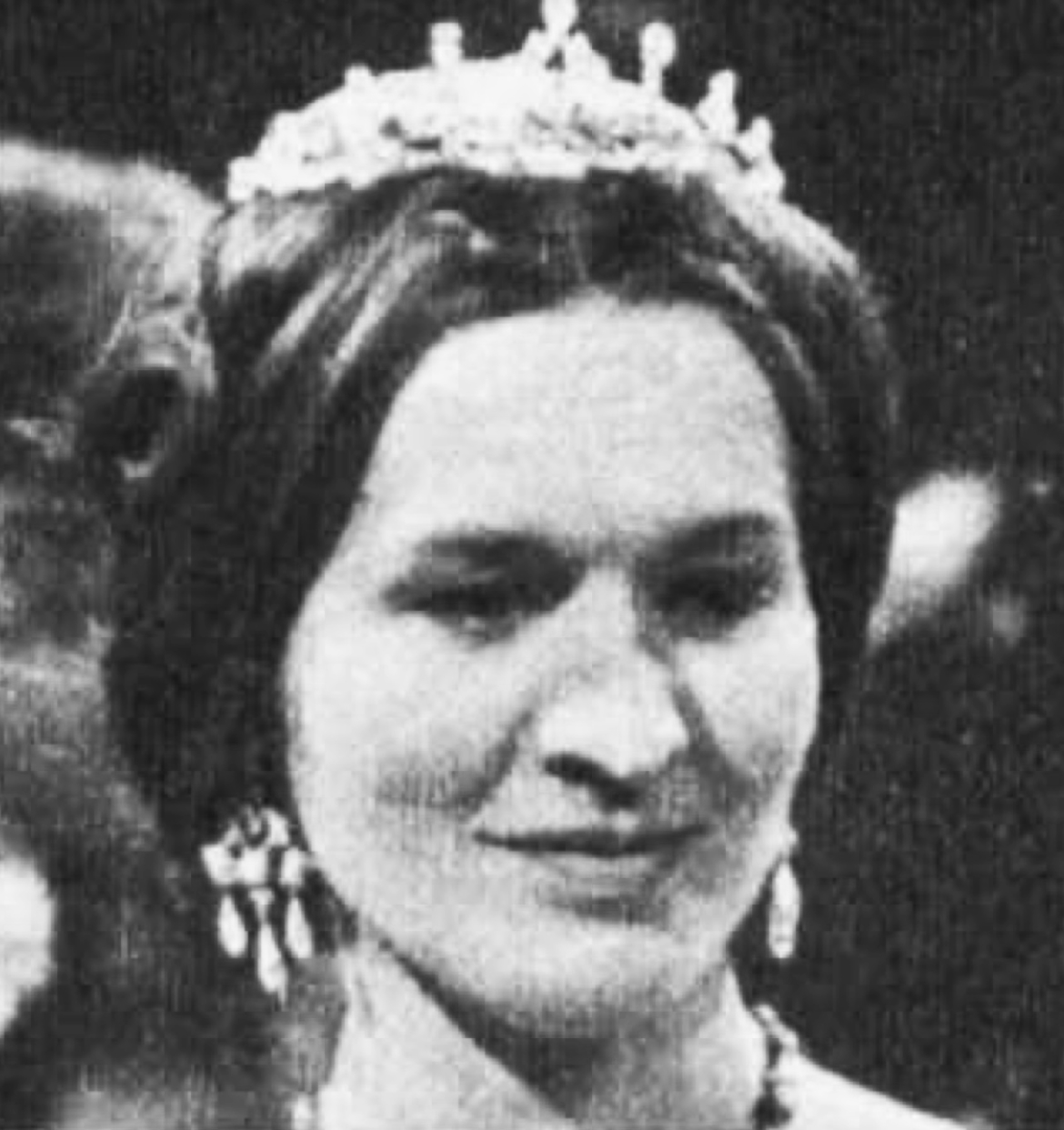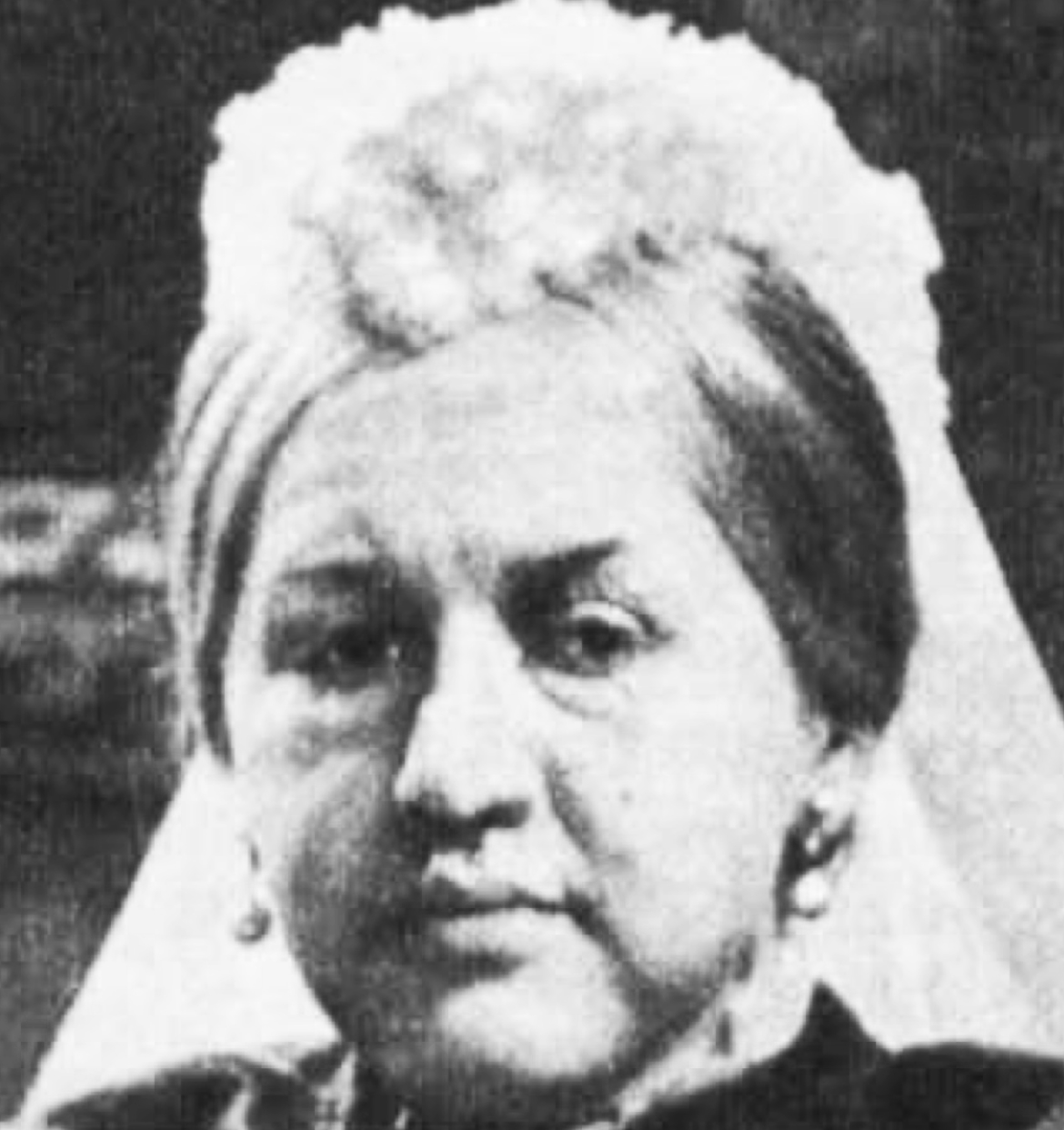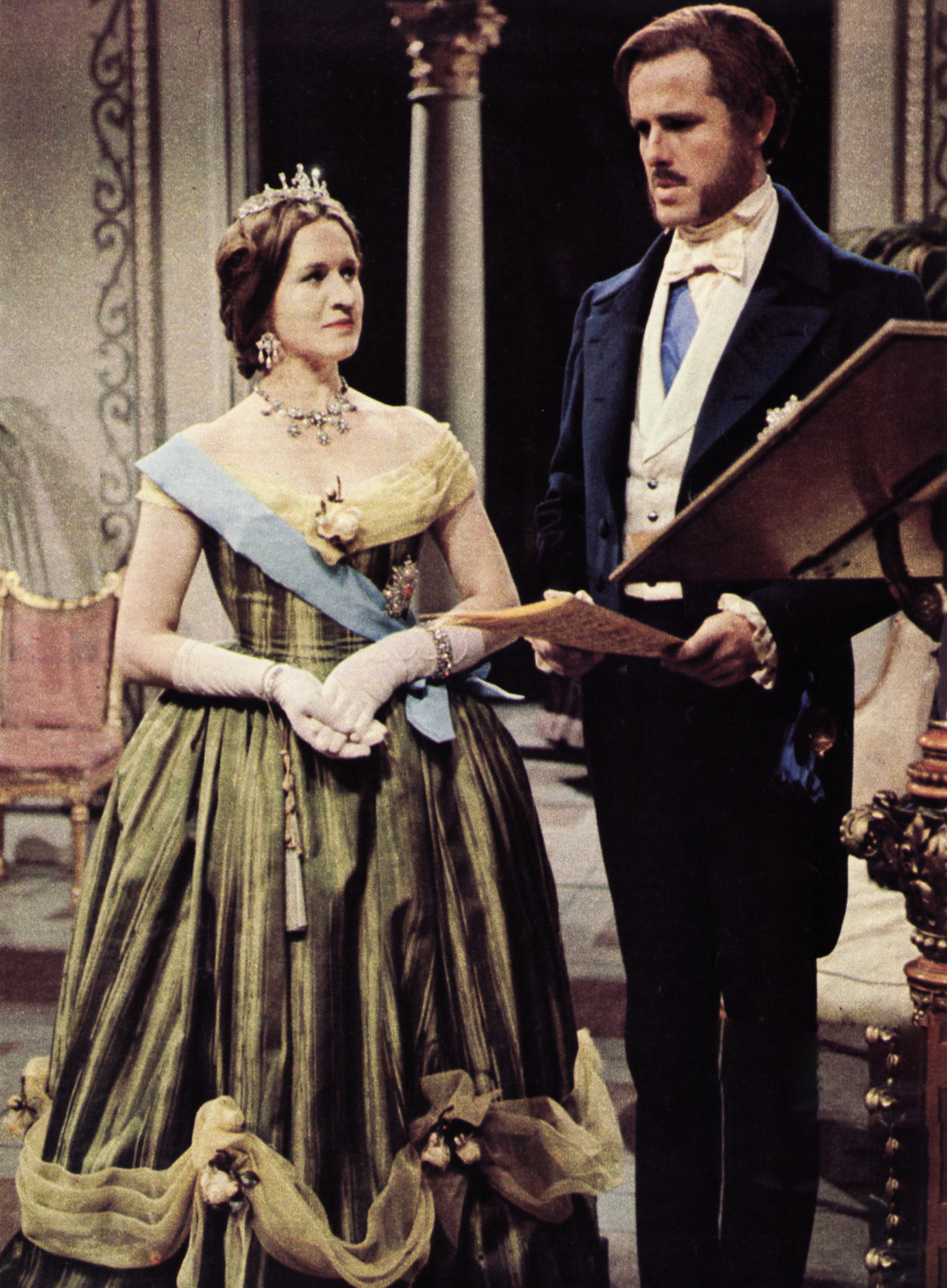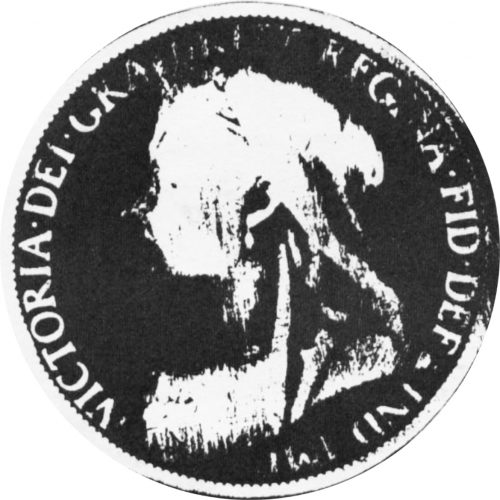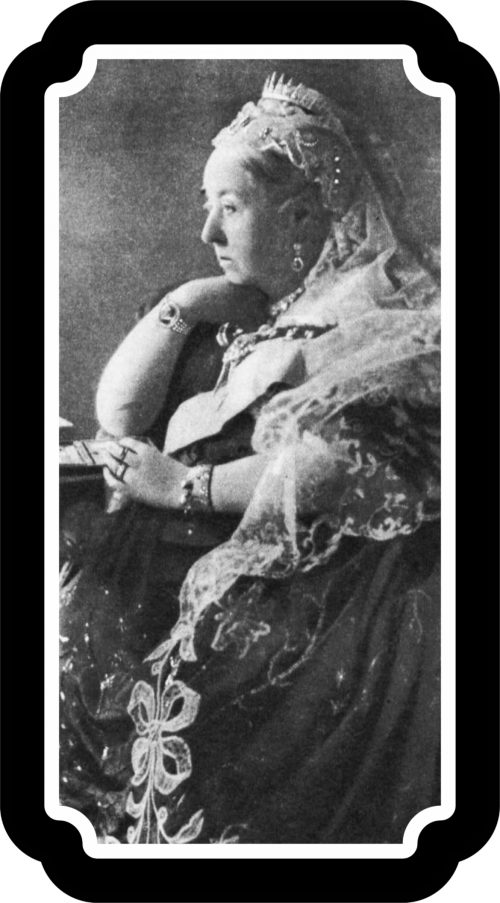Victoria, the stubborn Queen
Asa Briggs reviews the later life of Queen Victoria as Granada’s new play series Victoria Regina begins

Few monarchs enjoy as much affection and respect as our own Queen Elizabeth. A century ago Victoria, the subject of the Friday night series, Victoria Regina, was Queen. Here
A. S. A. BRIGGS [sic]
Professor of History and Pro Vice-Chancellor, University of Sussex, shows that life was very different for Victoria

THE morning of December 14, 1861. The Queen, in her dressing-gown, entered Windsor Castle’s gloomy sickroom and approached a damp bed. The castle clock struck a quarter to eleven. And the Queen screamed: “This is Death — I know it!”
On the bed lay the body of her husband. Albert, Prince Consort of Britain. The imperious Victoria was a widow at the age of 42. For the next 40 years, until her death in 1901, she was to rule alone.
“It seemed as though grief would kill her then,” recalled Mrs. Macdonald, a faithful servant, who was at Victoria’s side soon after the death-bed scene. “When the Queen did cry, she cried for days. It was heart-breaking to hear her.”
The public had mocked Albert while he lived: now it, too, mourned the little German. The tide of anti-royalist literature and songs (which had dubbed him “Lovely Albert” and promised to “send him home and make him groan”) was temporarily stemmed.
But not for long — and the obstinate Victoria had only her self to blame when the acid pens were taken up again. The private widow had public duties which she ignored; she was petulant and arrogantly disregarded criticism of herself and the Royal Family.
Londoners rarely saw their Queen. She spent most of her time at Osborne House (“Albert’s own creation” on the Isle of Wight), Balmoral and Windsor, carelessly inconveniencing ministers who wanted to consult her. “Victoria could do everything she liked and nothing she didn’t,” remarked Lord Clarendon.
The Press and Public reacted against her isolation. Delane, Editor of The Times, used one of the oldest tricks in the journalists’ notebook, announcing as fact what he hoped to accomplish with his story. He wrote, hopefully, that the Queen’s seclusion was coming to an end.
It didn’t. She simply spent part of it writing an indignant letter to the paper, perhaps the only letter a reigning sovereign has ever sent to the Press. She did not sign it, but the style was unmistakable.
Equally unmistakable was the style of a Punch cartoon which followed Delane’s campaign and Victoria’s rebuke. Published in September, 1865, it took up a full page. Britannia was featured unveiling a statue of Victoria, and pleading “Tis time! Descend: be stone no more!”
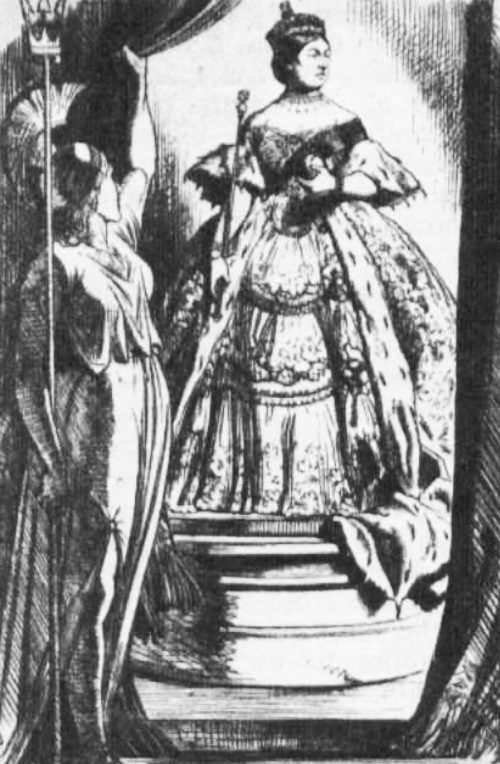
Crude anti-royalist tracts rolled off crude presses. Virulent attacks of the 1860’s make present-day satire and political invective seem like back-patting and hot air. Pamphleteers and cartoonists drew no line between the monarch’s public and private life.
“What Does She Do With It?” asked a famous paperback, demanding a breakdown of the Royal household budget. It warned her that “all the spirit of the English constitution is opposed to the possession of a great private fortune by the holder of the throne.”
The radicals, as Labouchere wrote later, were essentially practical. “They do not approve of the fuss and feathers of a court, and they regard its ceremonies with scant respect, for they are inclined to think that they conduce to a servile spirit, which is degrading to humanity.”
The scandal-mongers seized on anything and everything to malign Victoria. They found an irresistible issue in her relationship with John Brown, a Scots ghillie whom Albert had introduced to Balmoral as a pony-leader.
Her close companions thought she believed the red-bearded highlander had a mystic bond with Albert’s spirit. Some said the Queen was a spiritualist and John Brown acted as her medium. It was clear from his first months at Osborne House that he had a very special relationship with the normally unapproachable Queen.
Rumours spread. For a time the relationship between the Queen and her kilted courtier was more openly talked about abroad than in Britain. (Very much as they were when Victoria’s great grandson, Edward VIII, met the attractive American, Mrs. Wallis Simpson.) An American writer spoke of “gross stories” told at a dinner when he was visiting England.
“At a table where all the company were gentlemen by rank or position, there were constant references to and jokes about ‘Mrs. Brown’ … I lost the point of all the witty sayings, and should have remained in blissful ignorance had not my host kindly informed me that ‘Mrs. Brown’ was an English synonym for the Queen.”

The Continent was insatiably curious. (Even in those days people there were excessively interested in the goings on at Windsor and other royal haunts.) Cyphered despatches went abroad from London embassies to the dismay of foreign royalty.
Punch printed the following “Court Circular,” datelined Balmoral: “Mr. John Brown walked on the slopes. He subsequently partook of a haggis. In the evening Mr. John Brown was pleased to listen to a bagpipe. Mr. John Brown retired early.”
Nasty, but mild compared with what was to follow. The Queen and Brown were reported to have rowed over the Punch spoof. One version of the tale said she sacked him: another, that he dismissed her.
The trouble dragged on. Historians today convincingly deny that Victoria and Brown were lovers. There is no evidence to support the theory that she secretly married the ghillie. But there was certainly cause for concern among loyal officials that the relationship was socially and politically damaging.
Then, suddenly, in March, 1883, John Brown died at the age of 56. No one dared to tell the Queen, until her son, Prince Leopold, plucked up courage. The Queen cried.
She compared the shock to that which she had suffered in 1861 and she determined once more to live on her memories. Brown left her no great house, but she did have his personal diary. She proposed to publish it with a biography that she had written herself. But the truth never appeared. After much persuasion, she gave the manuscript to Henry Ponsonby (her private secretary, who later died of overwork) and he burned it.
And it was the end of the major attacks on Victoria. The republicans — there were never very many of them — continued sporadically to attack the throne. But their grounds were political, unsensational when compared to the violent personal vendettas carried on by the scandal-mongers.
The Elgin Courant described Brown as “a Highland ghillie, who has achieved a practical realisation of his compatriots’ wish for a Loch Lomond of whisky,” but they said “Brown’s fall has been more commonly ascribed to Mr. Punch than to any shortcomings of his own.”
The magazine Tomahawk pursued the scandal relentlessly, suggestive innuendo turned vicious and Victoria’s reputation reached its lowest ebb.
The first issue carried a cartoon based on Sir Edward Landseer’s famous painting of the Queen on horseback, with Brown at the bridle. His mistress’s widow’s weeds were emphasised, and the caption below said, “All is black which is not Brown!”
Then came “Where is Britannia?” a cruel caricature. It reviewed an empty throne with royal robes thrown across it. In a corner, under a domed glass cover, lay the neglected crown. The next cartoon took the theme a stage further. It was the most daring and ferocious anti-royalist cartoon Britain had teen.
Lolling against the empty throne was a coarse-faced, arrogant Scot in a kilt. His arm obscured the treasured crown — and he was sneering down at the British lion. It was a skilful porrait of John Brown.
If such an insult appeared in the Press today, M.P.s would want to know why. Victoria’s ministers and members of her Parliament were silent.
Victoria grew into old age and the affection of her people. Skilful stage managing by the artful Disraeli raised her above all previous monarchs. But few, as she no doubt remembered, had ever been subjected to comparable abuse.

